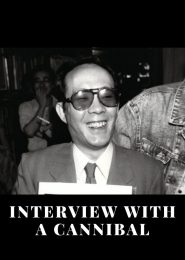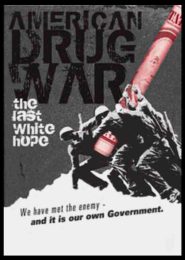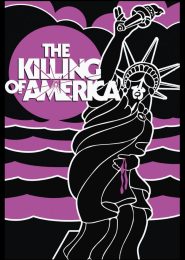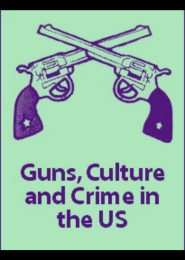Streets of New York (2013)
Streets of New York is a gripping documentary that delves into the tumultuous social fabric of New York City during the late 20th century, specifically from the 1970s to the 1990s. Through a combination of archival television footage and candid interviews, the film paints a vivid picture of the city’s transformation, exploring themes of crime, race, and urban decay.
In those decades, New York grappled with a surge in crime, drug addiction, and social unrest. The South Bronx burned, Harlem faced a heroin epidemic, and Brooklyn became a battleground for feral gangs armed with knives and bicycle chains. The Mafia flooded the streets with China White, while 13-year-old warlords peddled cocaine to passing cars. The media captured snapshots of these chaotic times: the 1977 blackout, the infamous Bernie Goetz incident, crackheads, and the rise of mob boss John Gotti.
Streets of New York weaves these fragments of history into a cohesive narrative, inviting us to examine the unraveling social order. It subtly probes issues of race and the media’s selective focus on criminal events based on geography and social status. The documentary introduces us to eleven New Yorkers who share their personal experiences—from the streets to Riker’s Island.
- NoNo, a former gang member from Sunset Park, Brooklyn, recounts being stabbed at age 11 and later crossing paths with the Son of Sam in prison.
- Thirstin Howl III, once a coat-robbing street hustler in Times Square, rose to fame as a rapper and appeared on MTV’s Lyricist Lounge show.
- The best friend of the infamous Pistol Pete Rollack sheds light on the enduring cloud of death and prison that hangs over the Soundview section of the Bronx.
The film contextualizes these crime stories within broader socio-economic factors, including ethnicity, gentrification, and political decisions. It unearths a treasure trove of archival footage, showcasing phenomena like the Devil’s Rebels gang terrorizing Bushwick, police involvement in Harlem’s heroin trade, and the implementation of Rudy Giuliani’s Compstat program in the War on Crime.
Streets of New York serves as a cautionary tale, urging us to reflect on how we can better shape the social fabric of our cities. By examining the past, we gain insights into the present and future, seeking ways to maintain order and justice in our urban landscapes




